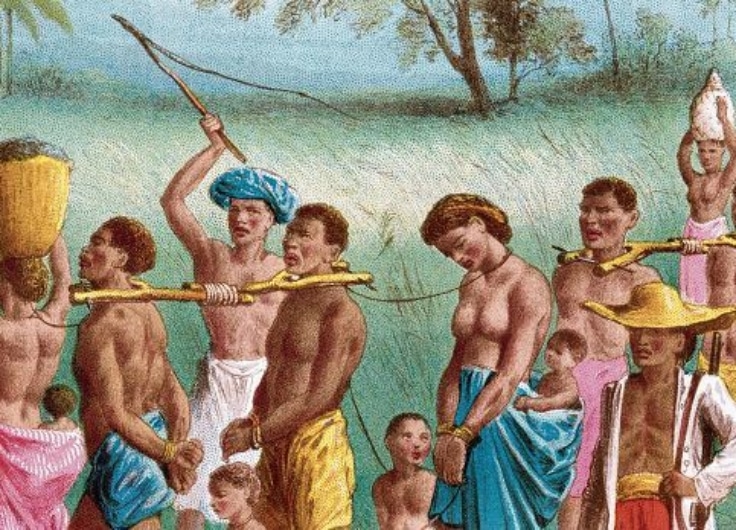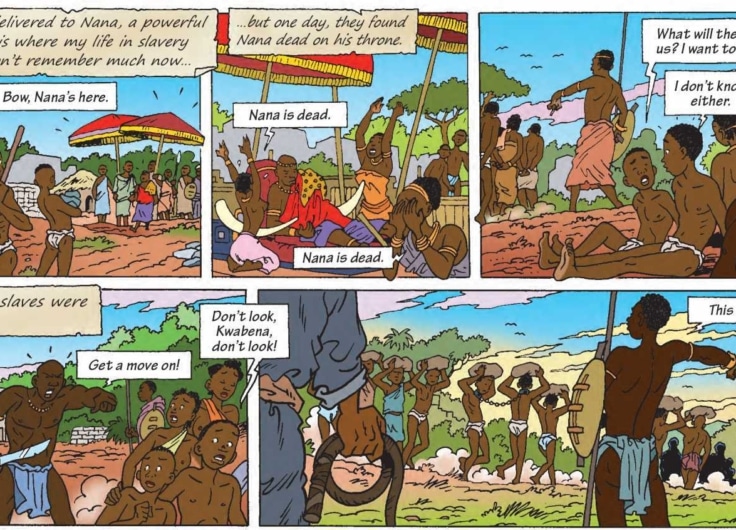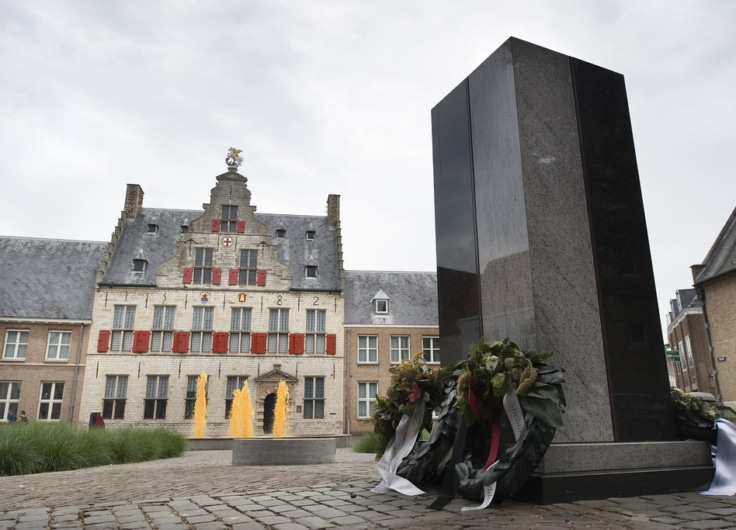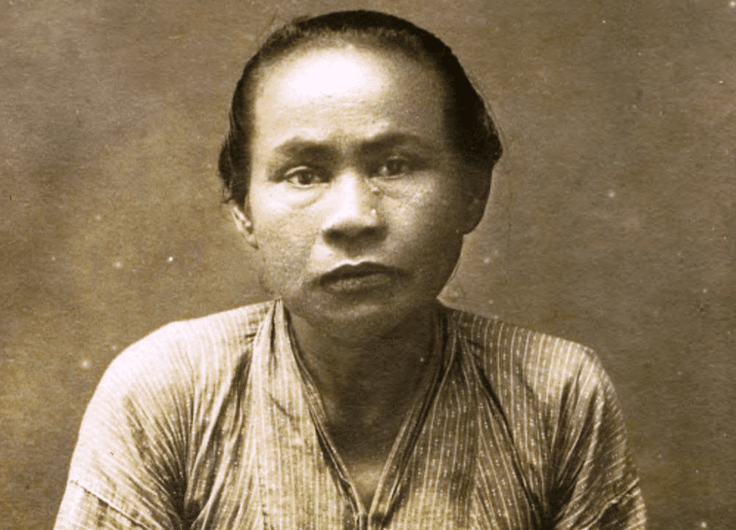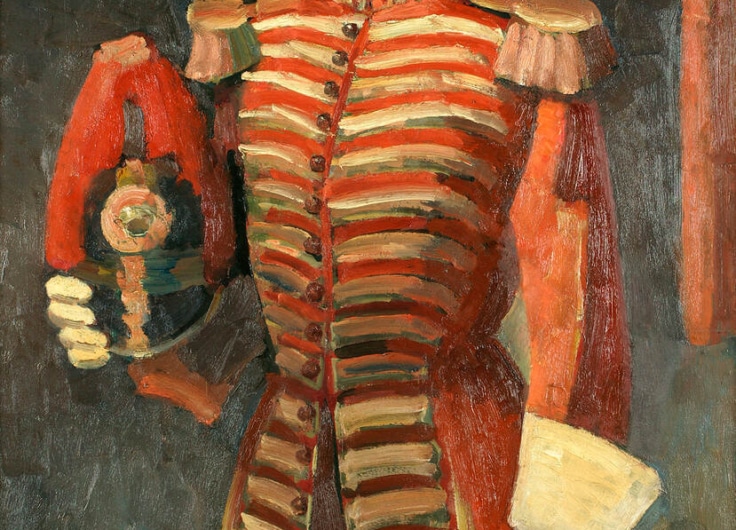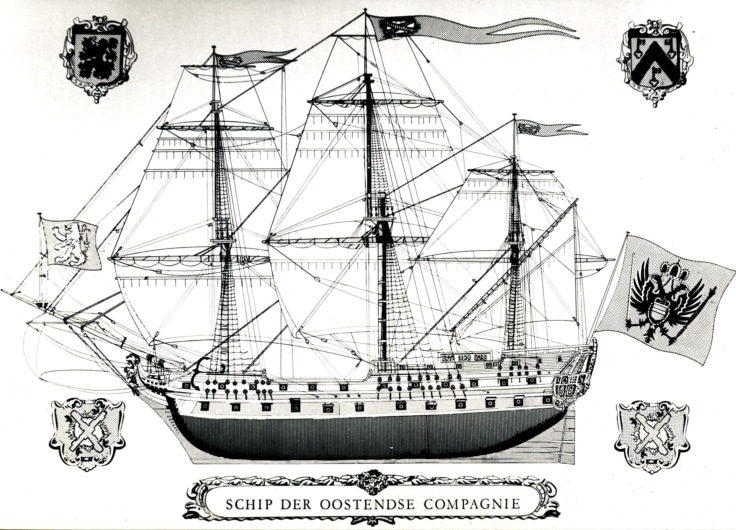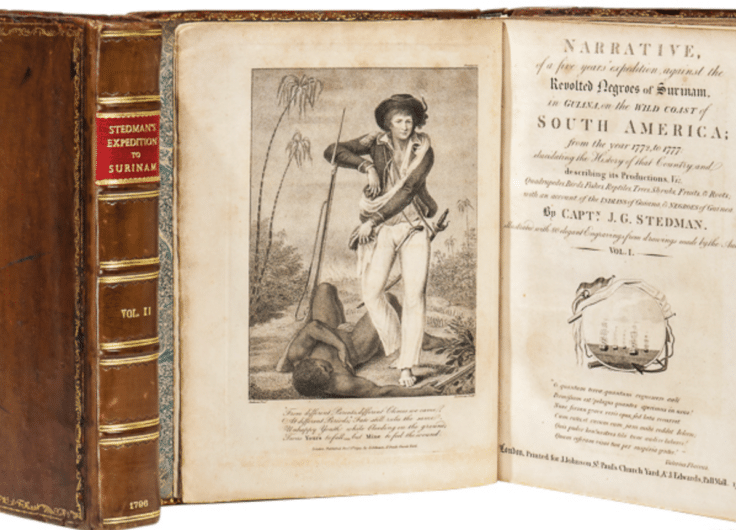United Nations Headquarters in New York to Stage Rijksmuseum’s Slavery Exhibition
The acclaimed Slavery exhibition of the Rijksmuseum, the Netherlands’ national museum of art and history, is on display at United Nations (UN) headquarters in New York. Originally conceived and mounted in Amsterdam in 2021, an adapted version of the exhibition is open to the public in the Visitors’ Lobby of the UN headquarters until 30 March 2023.
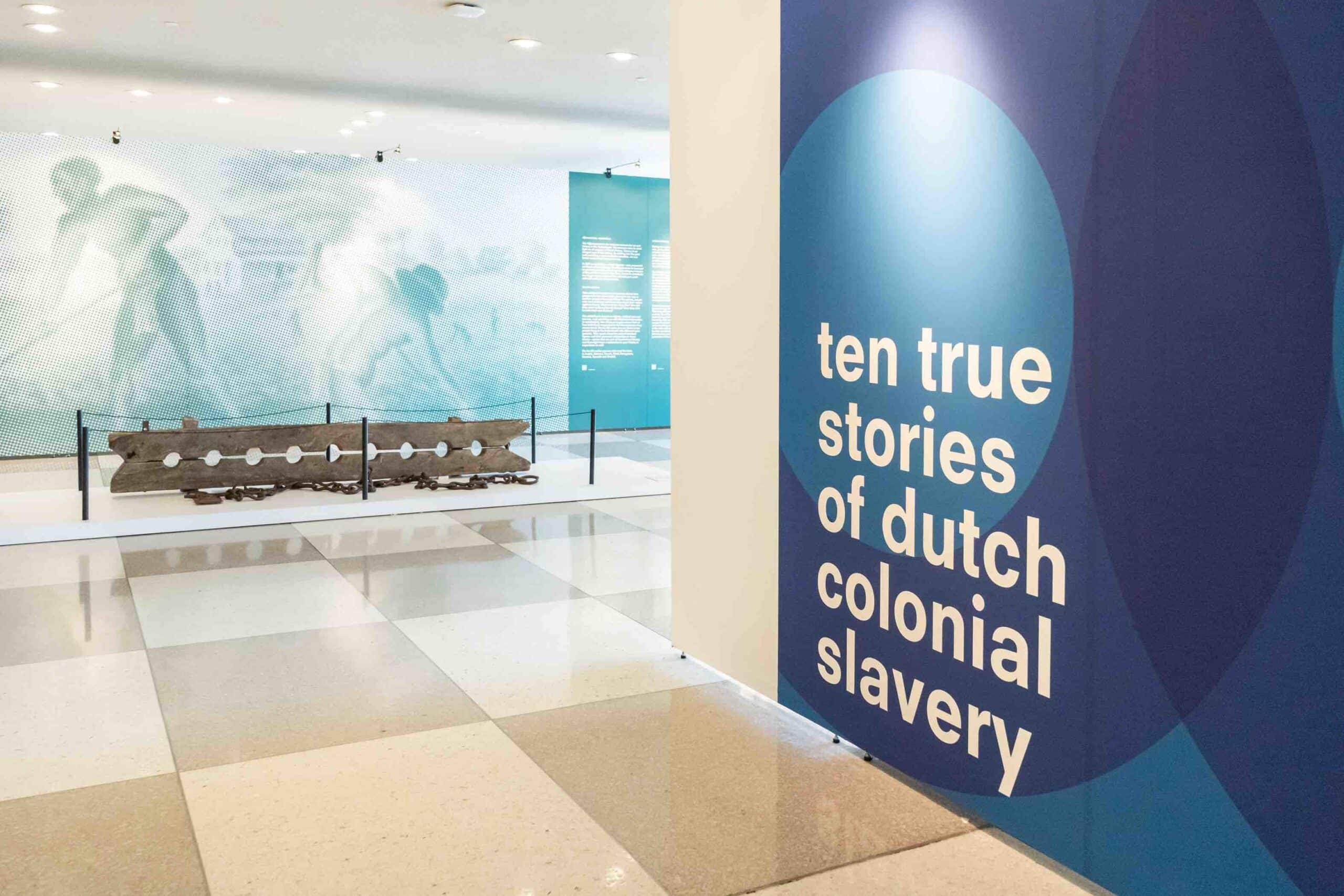 The Rijksmuseum's exhibition 'Slavery. Ten True Stories of Dutch Colonial Slavery' at the United Nations in New York. Photo by Richard Koek.
The Rijksmuseum's exhibition 'Slavery. Ten True Stories of Dutch Colonial Slavery' at the United Nations in New York. Photo by Richard Koek.© Rijksmuseum
Ten true stories
The Rijksmuseum is mounting the exhibition in New York under the title Slavery. Ten True Stories of Dutch Colonial Slavery. It focuses on slavery in the Dutch colonial era, from the 17th to the 19th century – in Brazil, Suriname and the Caribbean, as well as in South Africa, Asia and in the Netherlands itself. It presents ten true personal stories of people who were enslaved, people who profited from the system of slavery, and people who raised their voices against it.
Secretary-General of the United Nations, António Guterres: ‘This powerful exhibition calls on us all to put an end to racism and injustice in our own time and make inclusive societies based on dignity and rights a reality everywhere.’
In New York, the ten stories integral to the original Slavery exhibition are presented around one single object: wooden foot stocks known as a ‘tronco’ (derived from the Portuguese word for ‘tree trunk’). Several enslaved people at a time would be forced to have their ankles clamped in the holes to constrain them – to subject them to corporal punishment and to prevent them from escaping. This object symbolises the suppression of more than one million people who were shipped in from around the world and forced to work, whether on plantations, as craftspeople, in mines, in transportation or on military expeditions.
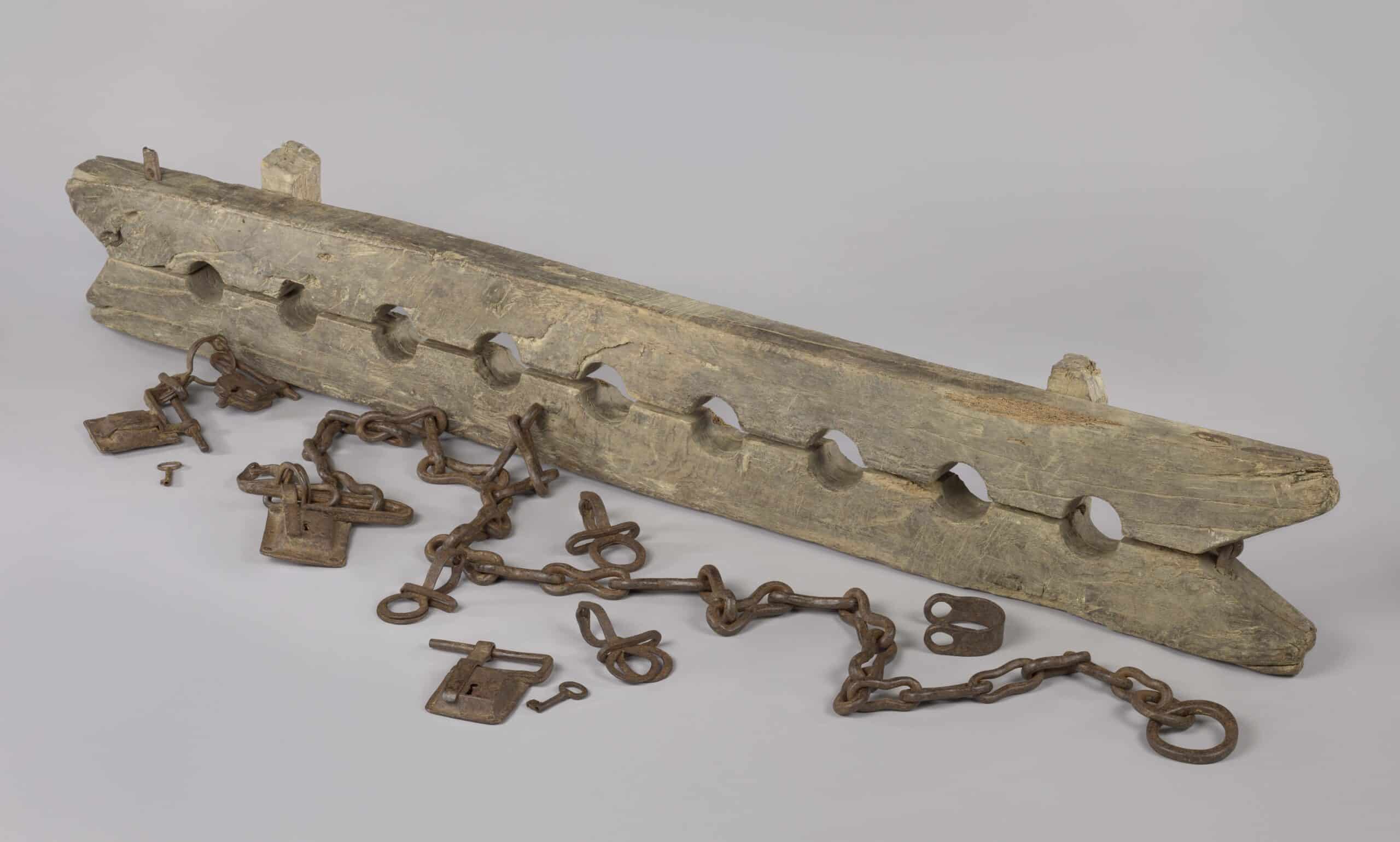 Anonymous, Foot stocks, c. 1600–1800, Rijksmuseum, gift from Mr J.W. de Keijzer, Gouda. Photo: Rijksmuseum
Anonymous, Foot stocks, c. 1600–1800, Rijksmuseum, gift from Mr J.W. de Keijzer, Gouda. Photo: Rijksmuseum© Rijksmuseum
Colonial slavery
During the colonial era (1600-1900), under European rule parts of the Americas, Africa and Asia were colonised or used as trading posts. Millions of women, men and children were enslaved and shipped from Africa and Asia to distant destinations. They, their children and the many generations that followed were subjected to a system of forced labour that dehumanised, objectified and often subjected them to violence on the basis of their skin colour or religion. Colonial slavery was a legalised system in which people were reduced to tradable property. This form of slavery was abolished worldwide in the 19th century. Since then, successive international declarations have defined slavery as a crime against humanity.
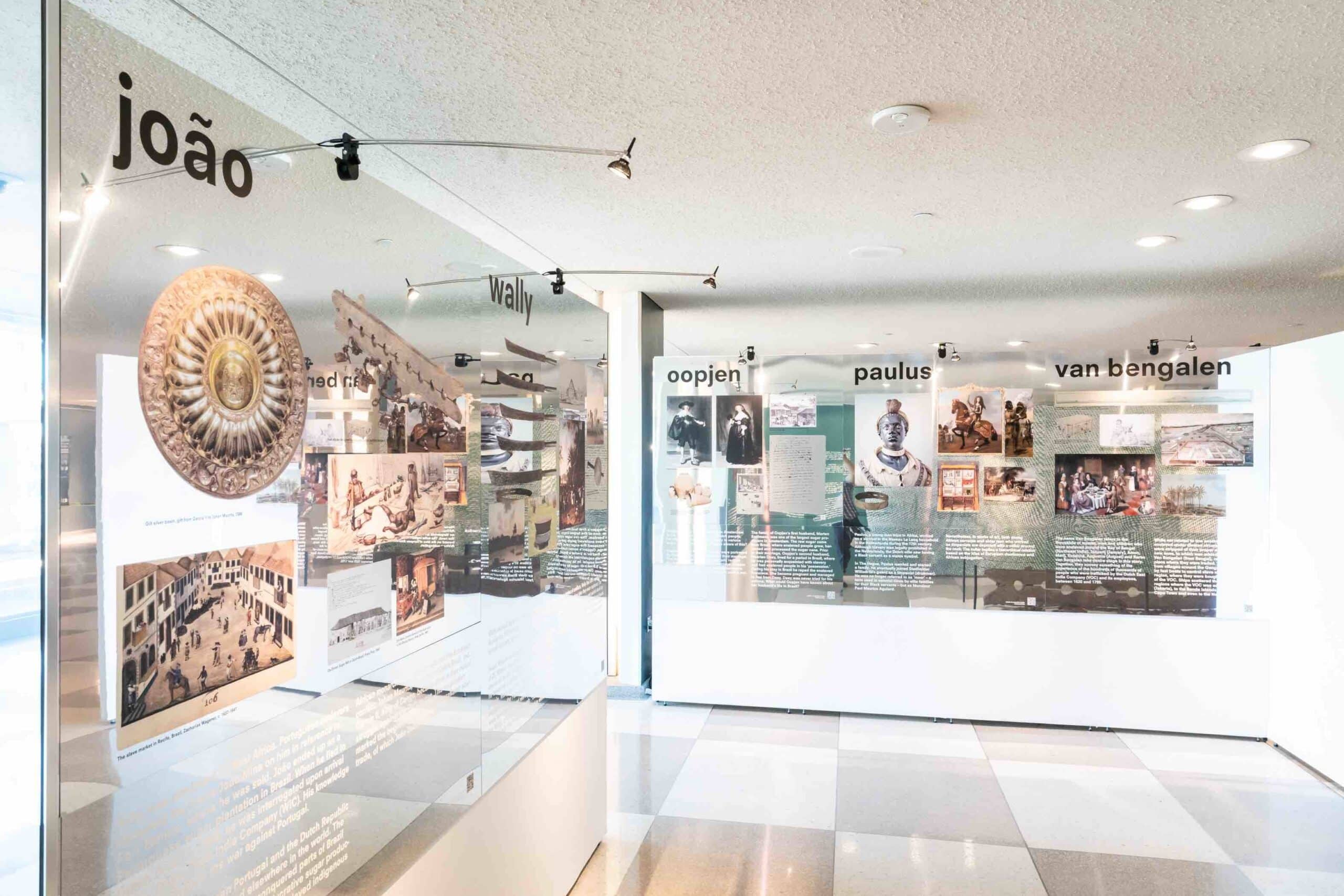 The Rijksmuseum's exhibition 'Slavery. Ten True Stories of Dutch Colonial Slavery' at the United Nations in New York. Photo by Richard Koek
The Rijksmuseum's exhibition 'Slavery. Ten True Stories of Dutch Colonial Slavery' at the United Nations in New York. Photo by Richard Koek© Rijksmuseum
The exhibition is hosted by the United Nations as part of the United Nations Outreach Programme on the Transatlantic Slave Trade and Slavery. It includes a talks programme on 29 and 30 March with speakers from the USA, the Caribbean and Europe, coming together to reflect on and discuss the relationship between museums, colonial history, societies and the future. The exhibition will also be made available in adapted form for display until 31 December 2024 at other UN offices worldwide.
Rijksmuseum
The Rijksmuseum is the national museum of art and history. It connects people, art and history. The Rijksmuseum offers an overview of Dutch art and history from the Middle Ages to the present day. The museum aims to shed light on all aspects of Dutch history. Slavery is an integral part of history. From 18 May to 29 August 2021, the Rijksmuseum staged its first-ever exhibition dedicated to the subject of slavery. The online version of this exhibition is still on view at the Rijksmuseum’s website.
Young Voices
What does the cash book of a plantation sound like? What are the thoughts of a brush that was used for incantations? In what voice does an eighteenth-century contract speak? And what story is hidden in the doll’s house of painter Jacob Appel? Eighteen young Flemish and Dutch authors from deBuren’s Paris writing residency gave a voice to an artefact from the Slavery exhibition at the Rijksmuseum.
You can read all contributions HERE.



